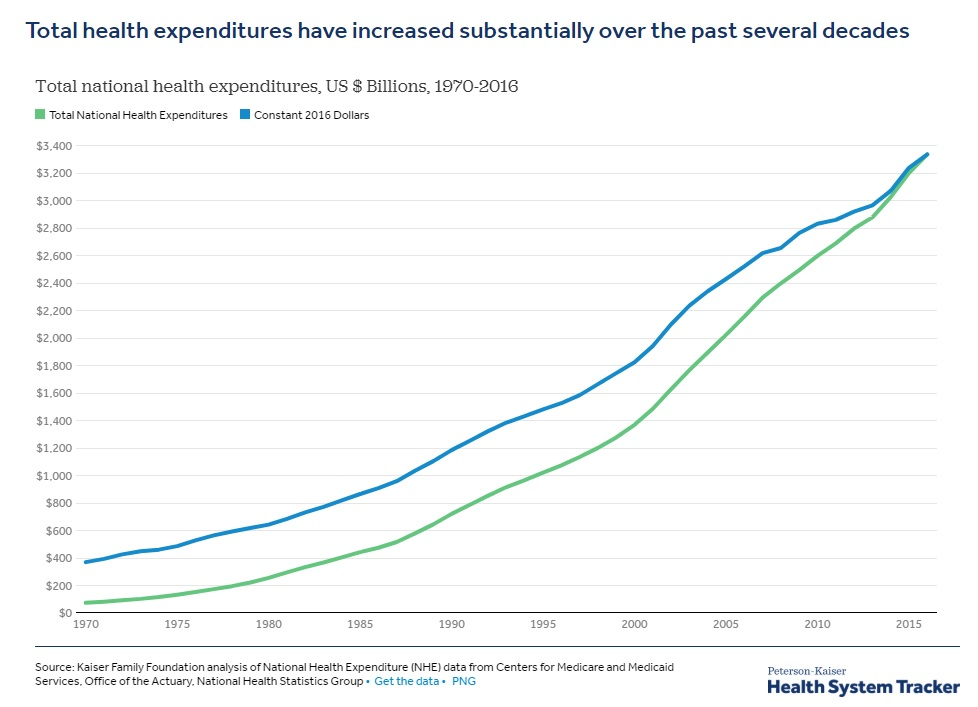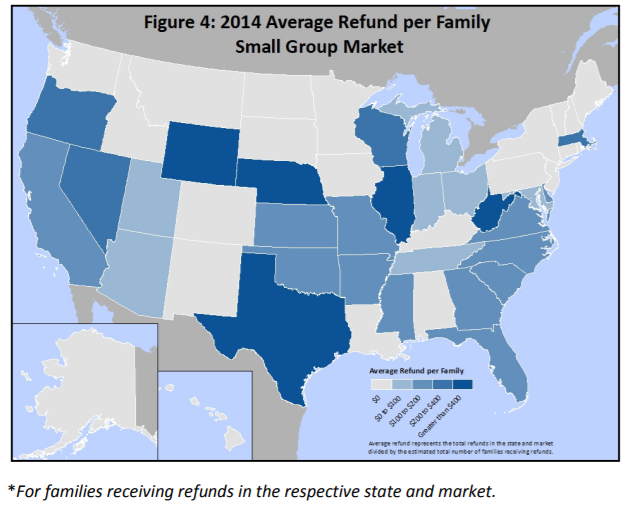Dealing with health insurance is one of the biggest challenges for a small business owner. Between the cost of insurance and the need to attract and retain talent, offering insurance is a major decision. Add in all the uncertainty that surrounds your responsibilities and health insurance can be a major headache.
Simply put, health insurance administration is confusing. It’s understandable why employers are unsure about the health insurance requirements for small businesses – there’s a lot of information and only so much time to manage everything. This post will break down what you need to know about small business health insurance requirements and how you can keep your company compliant.
Do Small Businesses Have To Provide Health Insurance?
When it comes to small business health insurance requirements, this is likely the biggest question on your mind. The exact definition of a small business can differ from one organization to another. According to the Affordable Care Act (ACA), any business with 50 or fewer full-time-equivalent employees counts as a small business.
That cutoff is significant because businesses with 50 or fewer full-time equivalent employees are not required to offer health coverage to their employees. However, these businesses are still required to provide a report about healthcare information to employees. This report should cover certain information about the health insurance marketplace, outlining what it is and how employees can contact the marketplace.

Requirements For A Small Business That Offers Health Insurance
Despite health coverage not being mandatory, many small businesses with fewer than 50 full-time employees still choose to provide workers with health insurance because quality healthcare coverage can help businesses attract and retain top talent. This decision can be very beneficial, but it does mean that small business owners will need to take on a few new responsibilities.
Minimum employer contribution for small business healthcare
If an employer opts to offer group health insurance, the business must pay at least half of the monthly health insurance premiums. Employers must also meet the affordability threshold for the health coverage they offer. In 2022, an employee’s monthly contribution couldn’t exceed 9.61% of their income. The IRS adjusts this rate every year and has already announced that the affordability requirement will go down to 9.12% in 2023.
Employees eligible for coverage
Small businesses that offer health insurance are required to offer coverage to all full-time equivalent employees. Full-time equivalence requires an average of 30 hours of service per week for a calendar month or at least 130 hours of service in a month. You can also choose to offer health coverage to your part-time employees as well, although it is not mandatory.
An employer may not discriminate between employees when offering insurance. If you offer insurance to some full-time employees, you must offer it to every employee. You must also provide health insurance to each employee’s dependents up until they turn 26 years old. However, federal law does not require employers to offer coverage to any spouses or other domestic partners.
90-day maximum waiting period
When an eligible employee is hired by a business that offers health insurance, that employee must be offered health insurance within 90 days of his or her employment start date. Employers may institute a waiting period before new employees can enroll in the company’s health insurance plan. A small business owner may also decide to waive this waiting period and allow employees to enroll as soon as possible.
Summary of benefits and coverage (SBC) disclosure
Employers are required to provide eligible workers with an SBC form to help individuals understand their options. This form explains what an employer’s plan covers and exactly what it costs employees. This includes breakdowns of specific costs, such as deductibles and out-of-pocket costs for varying medical events. The Department of Labor provides an online SBC template and other resources for any owners who provide health coverage.
Tax Reporting Requirements For Small Business Health Insurance
Offering comprehensive health coverage isn’t enough to meet your requirements. There are also certain tax reporting requirements that small business owners must follow if they decide to offer group health coverage. The following requirements include:
- Businesses must report the value of the insurance provided to each employee. This information goes on the employee’s Form W-2 using the code DD.
- Businesses are required to withhold and report an additional 0.9% in Medicare Tax for any employee compensation that is greater than $200,000, as per ACA guidelines.
- Small businesses must pay a fee toward funding the Patient-Centered Outcomes Research Trust Fund. You are required to report this fee on Form 720.
What It Takes To Manage Healthcare Benefits
In addition to following special requirements when offering healthcare, small business owners also need to consider how they’ll manage this new benefit. While employers can go through the Small Business Health Options Program (SHOP) to offer coverage for small groups, this means you’ll have to handle policy administration and health insurance billing.
Fortunately, you don’t have to take on employee benefits administration alone. As a professional employer organization (PEO), GMS can leverage its buying power to procure quality group health insurance coverage with lower premiums than a small business would be able to obtain on its own. GMS also gives you access to trained benefits experts who can help small businesses stay compliant with any health insurance requirements.
Looking to invest in health insurance for your small business? Contact GMS today to talk to one of our experts about how we can help you attract and retain quality employees through benefits administration and other services.










